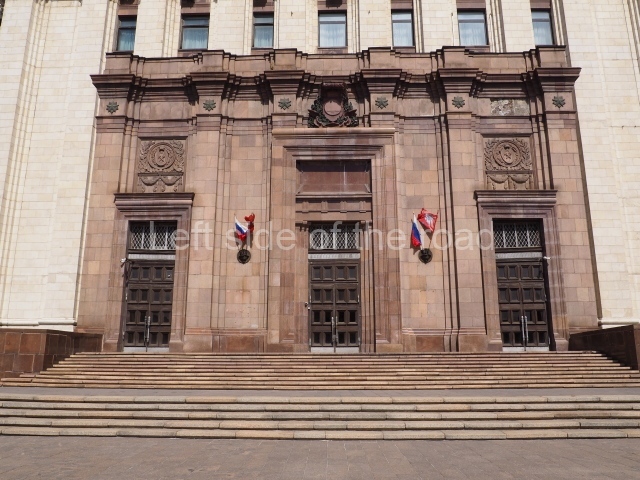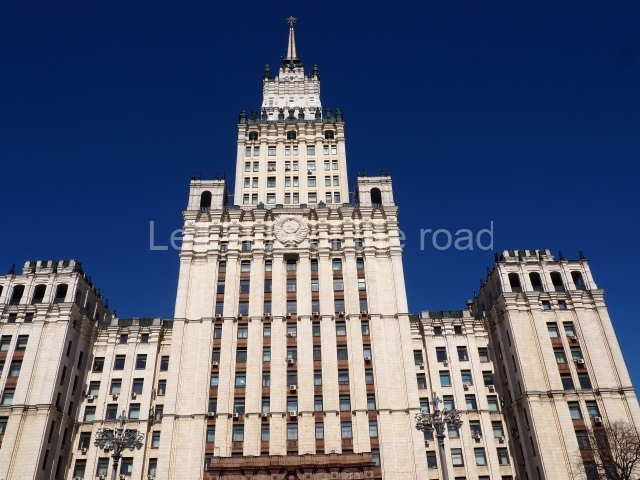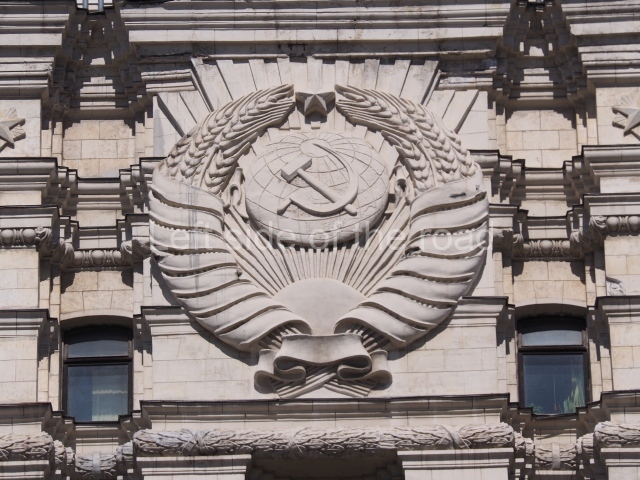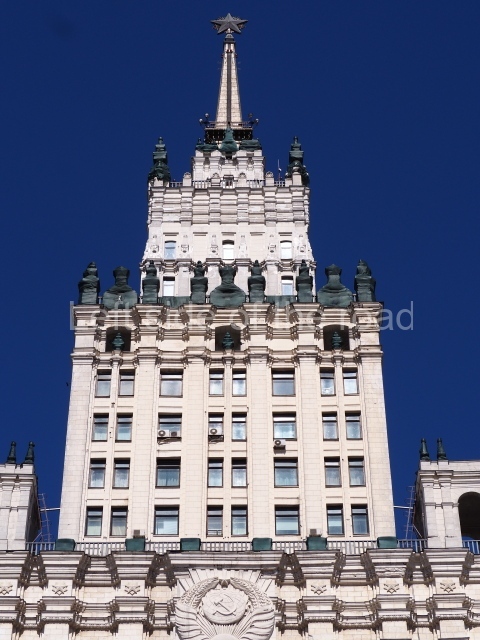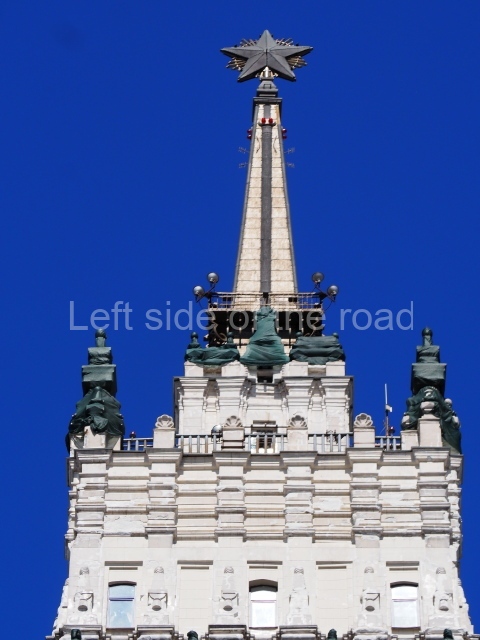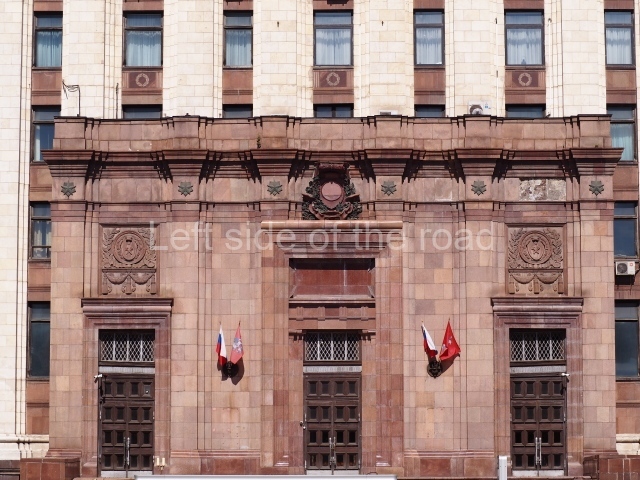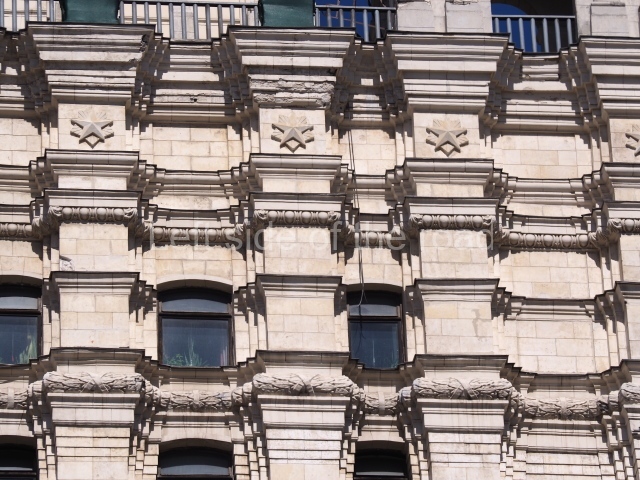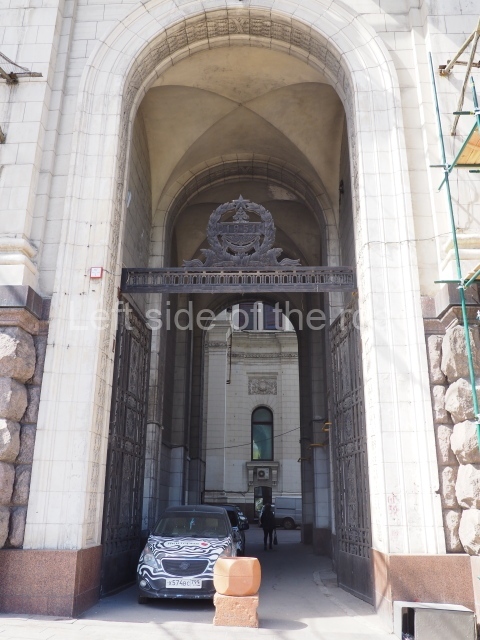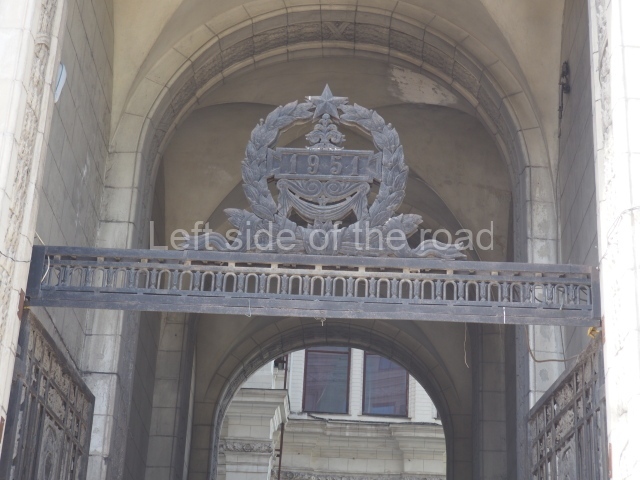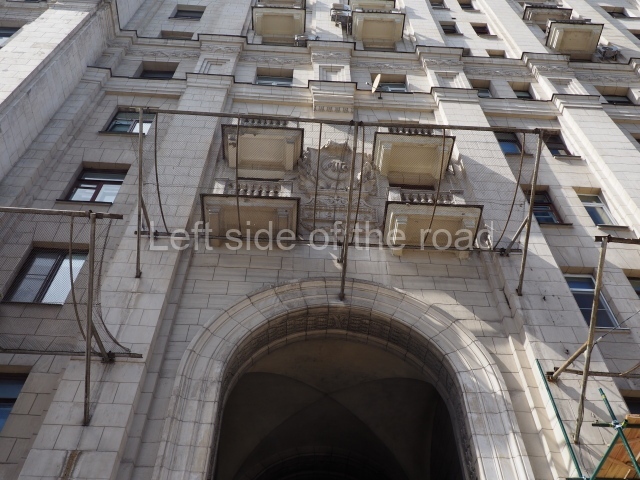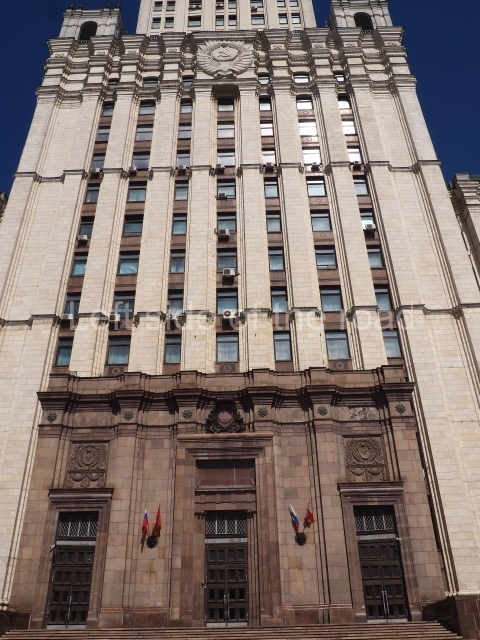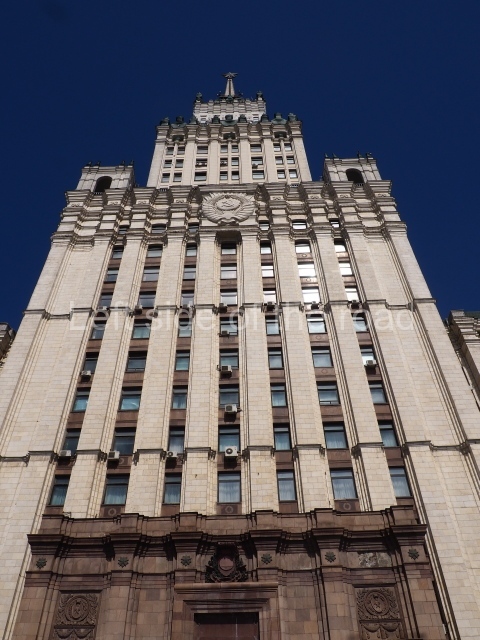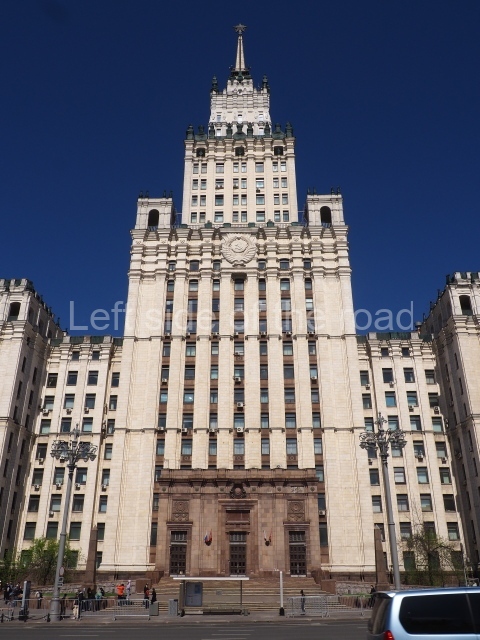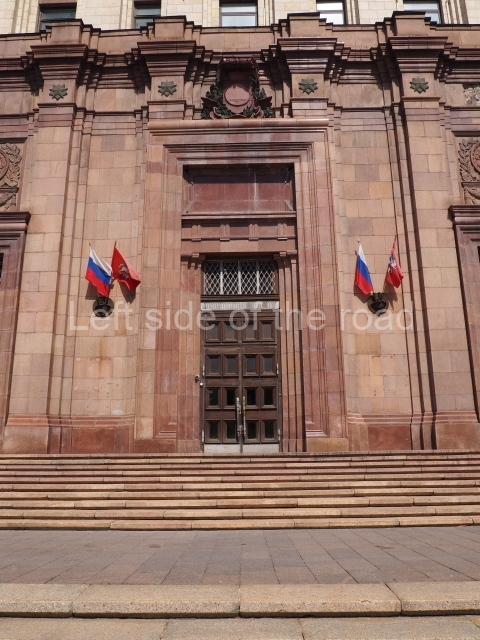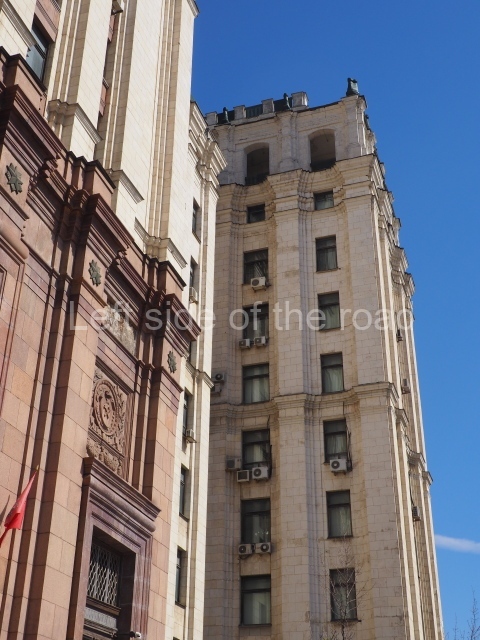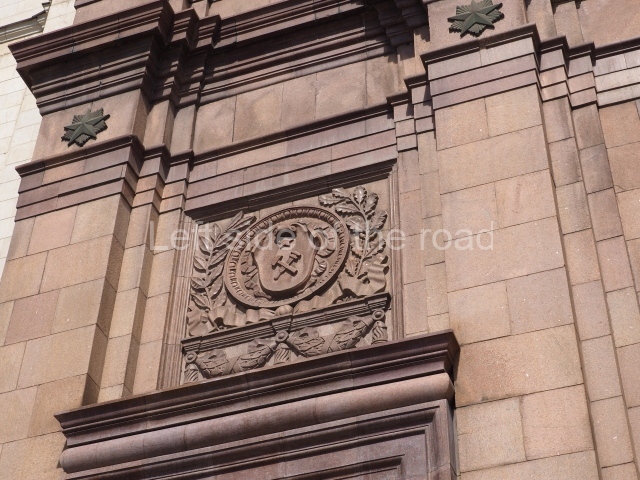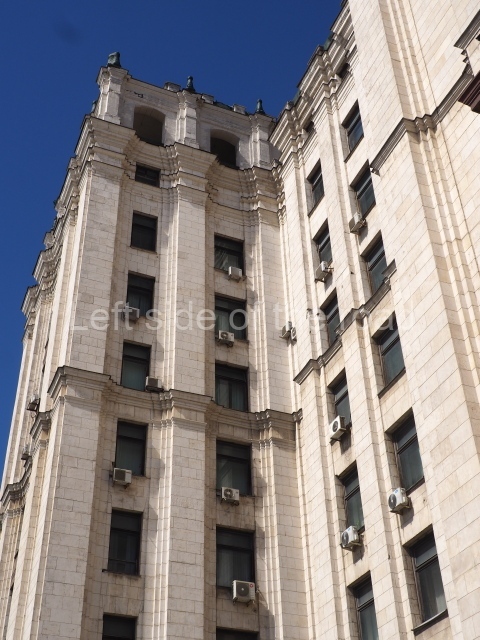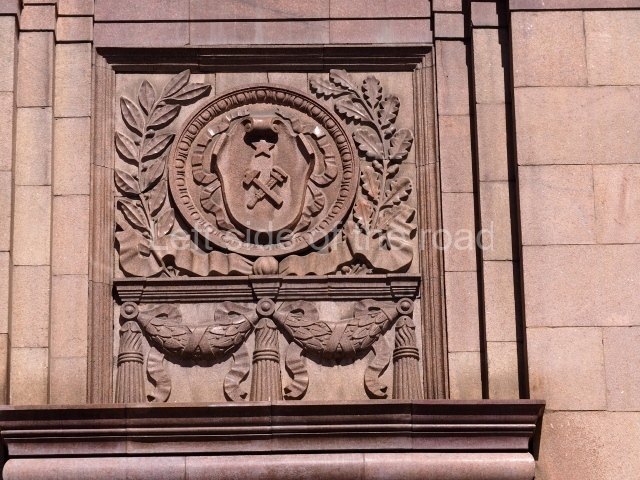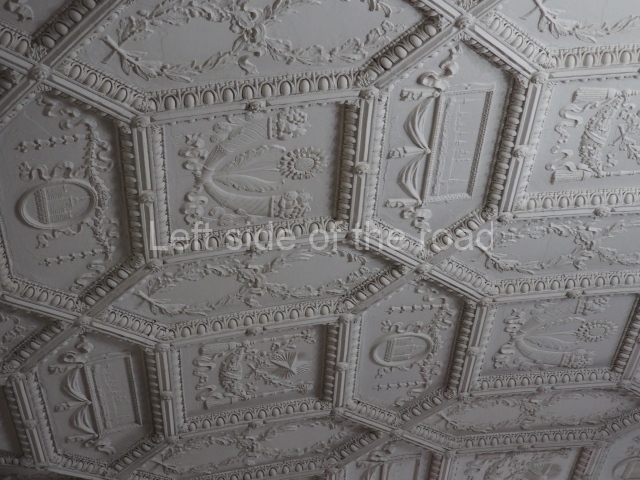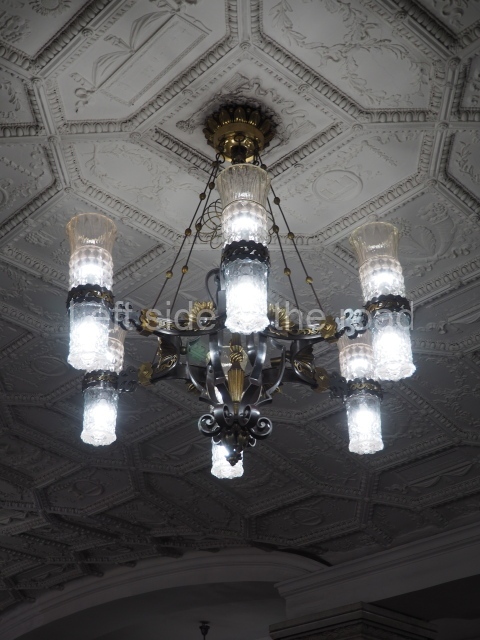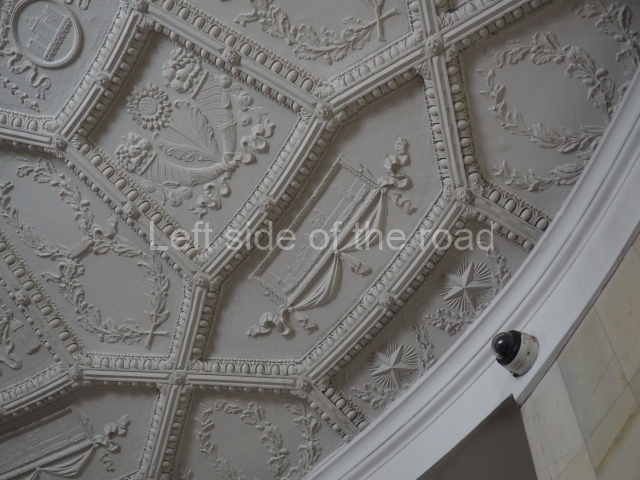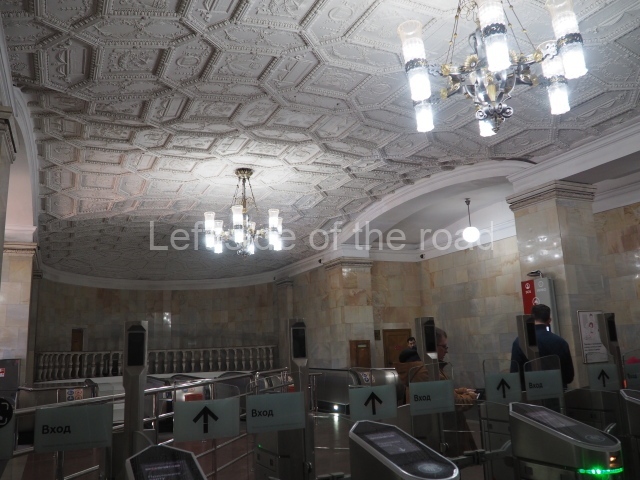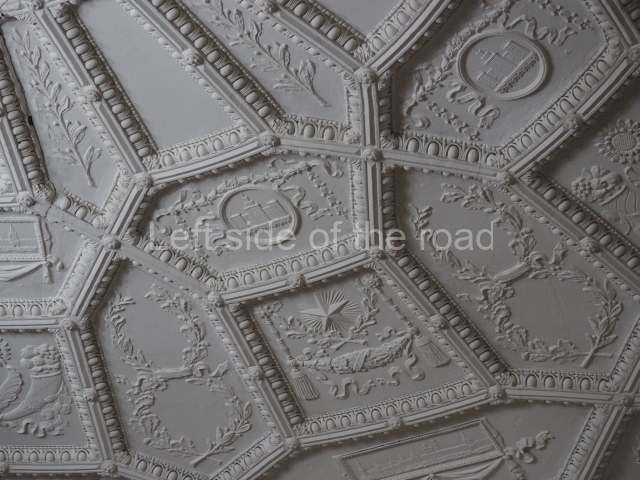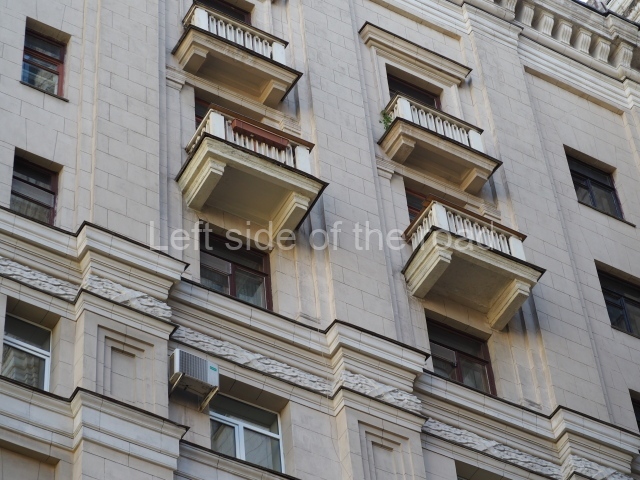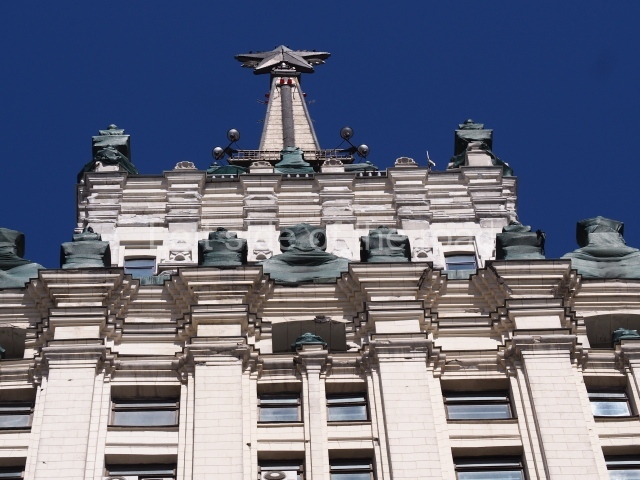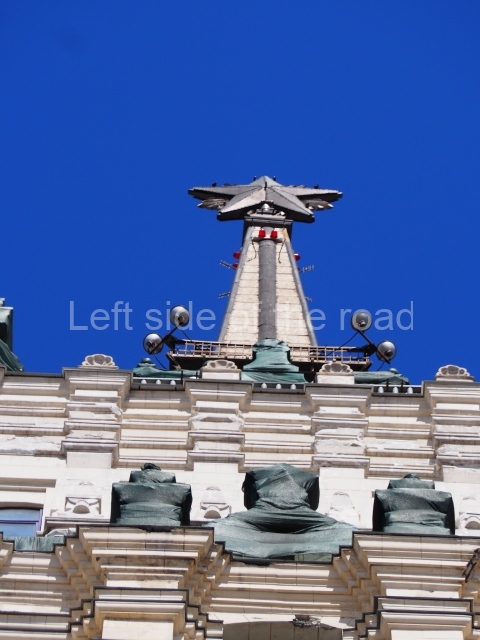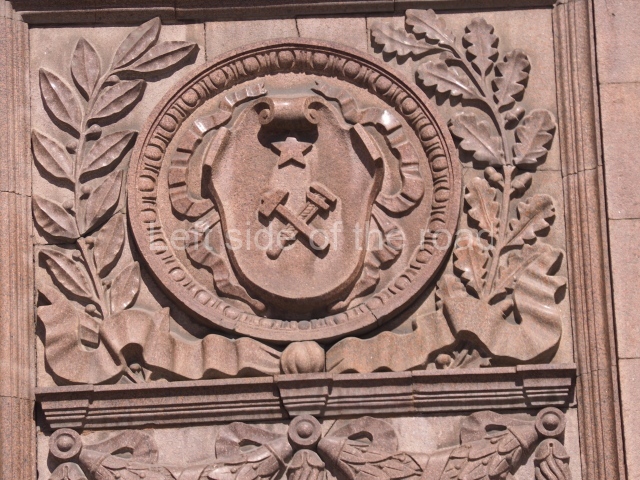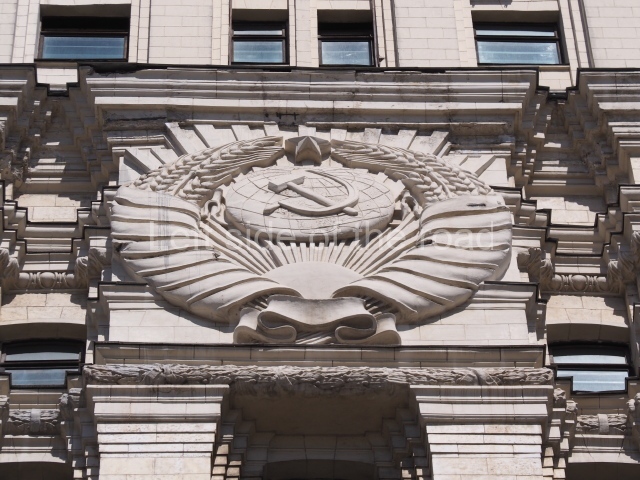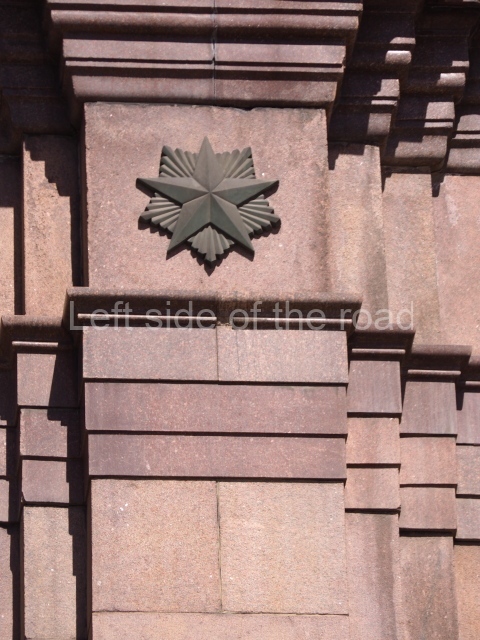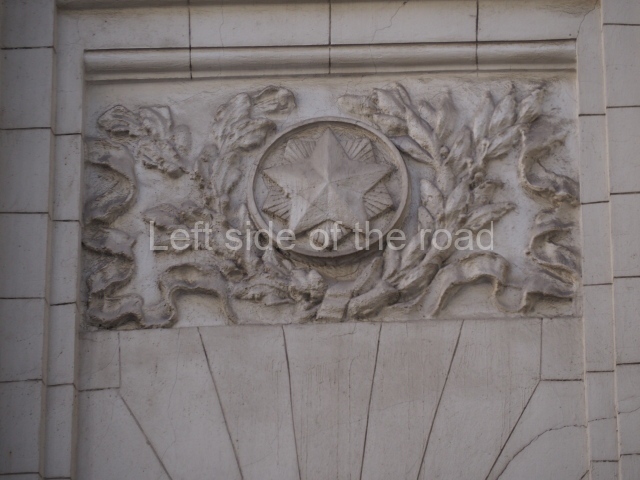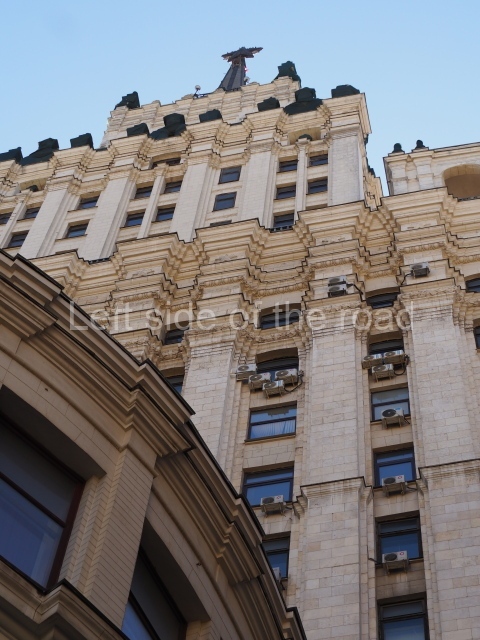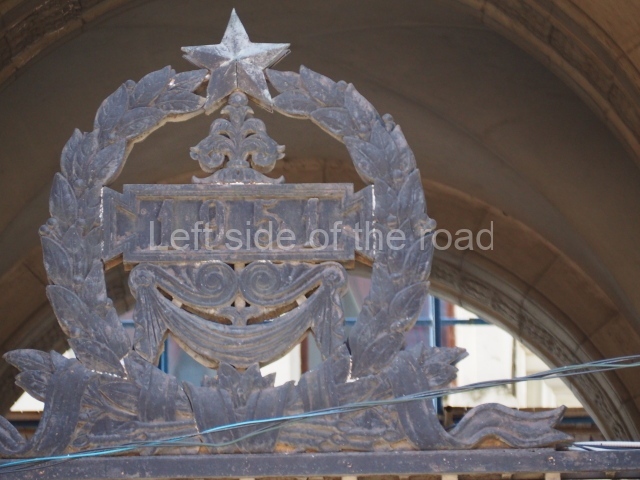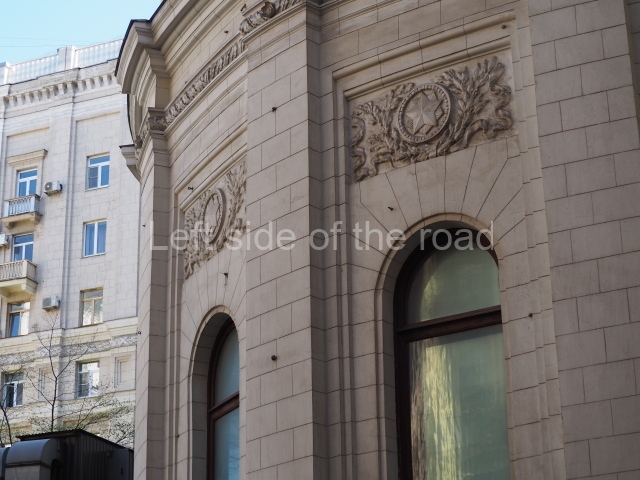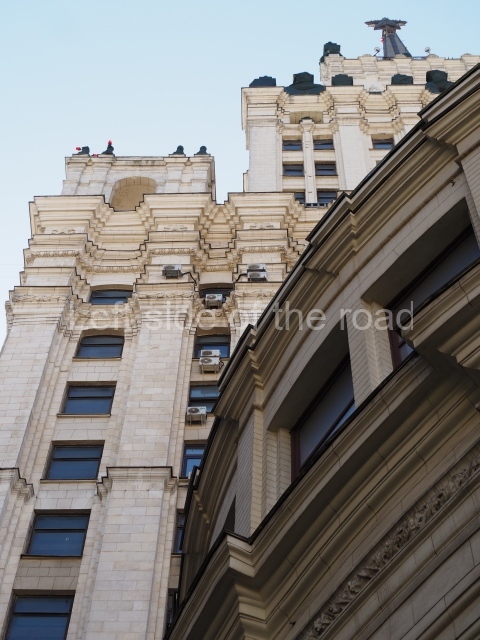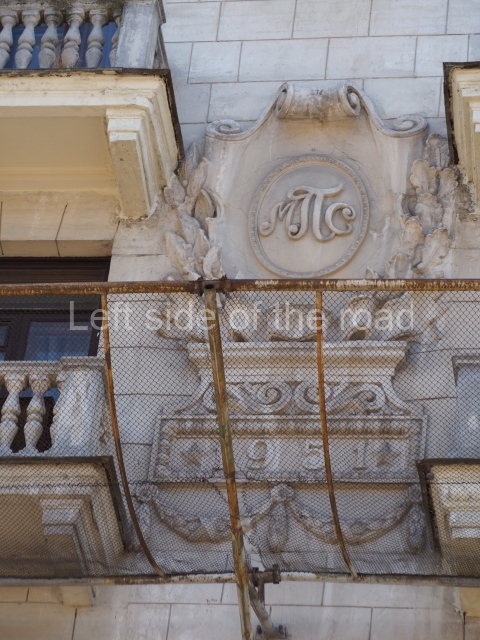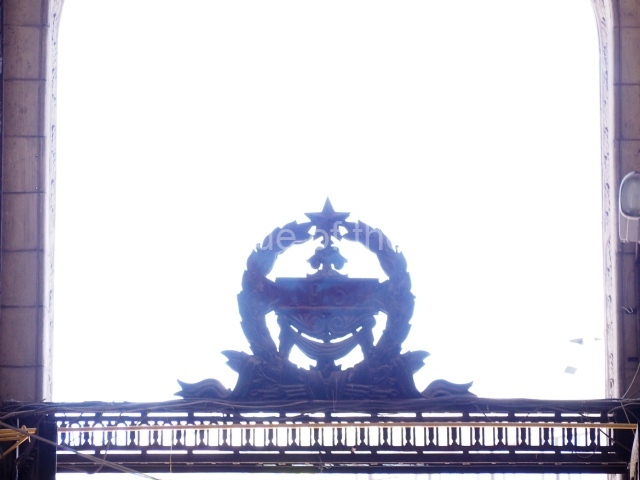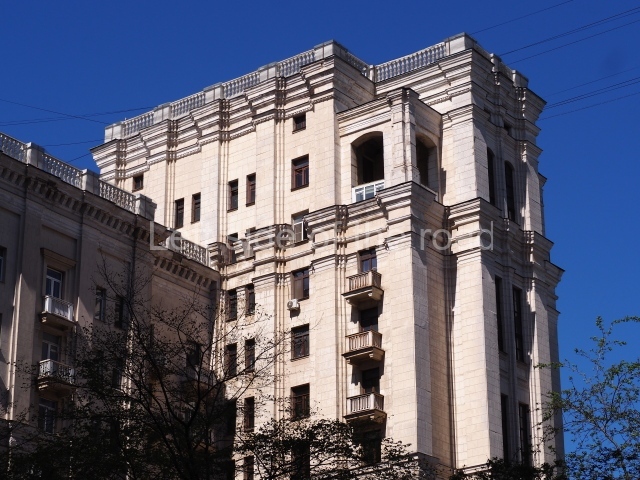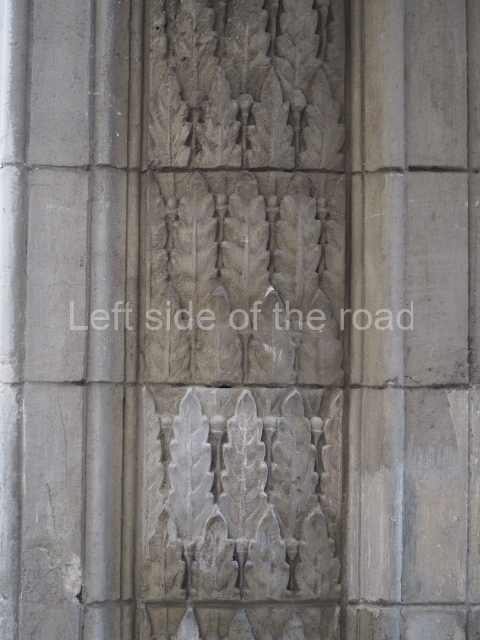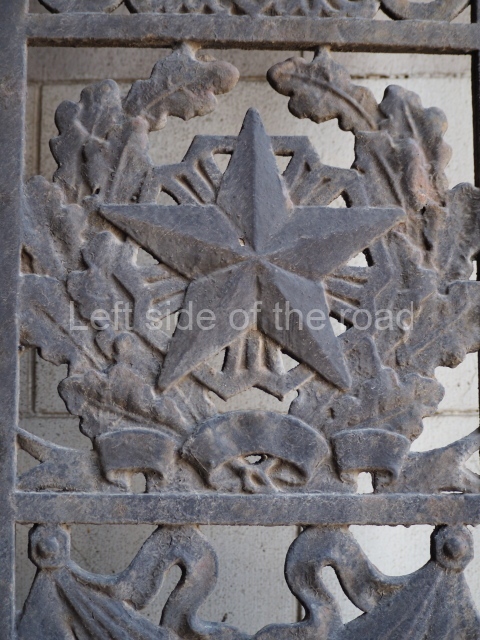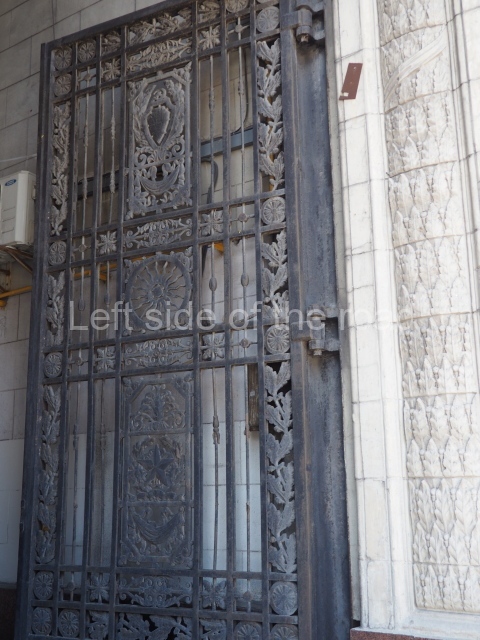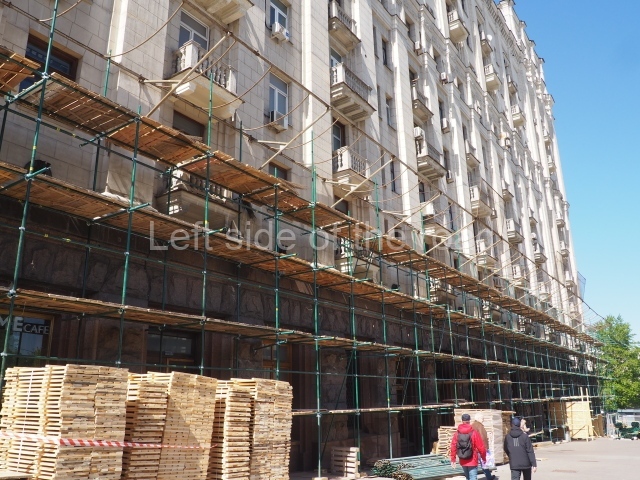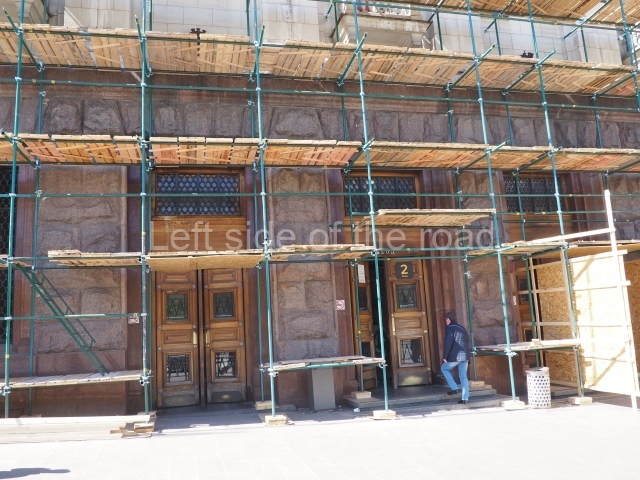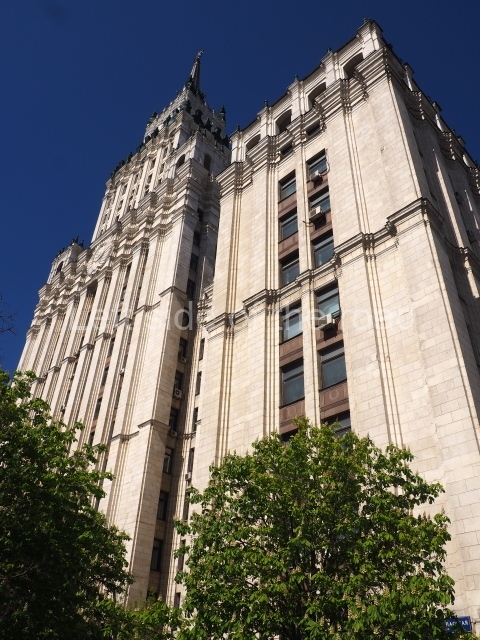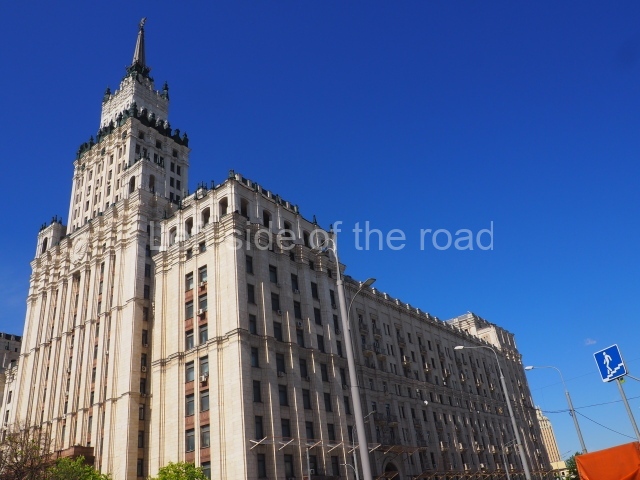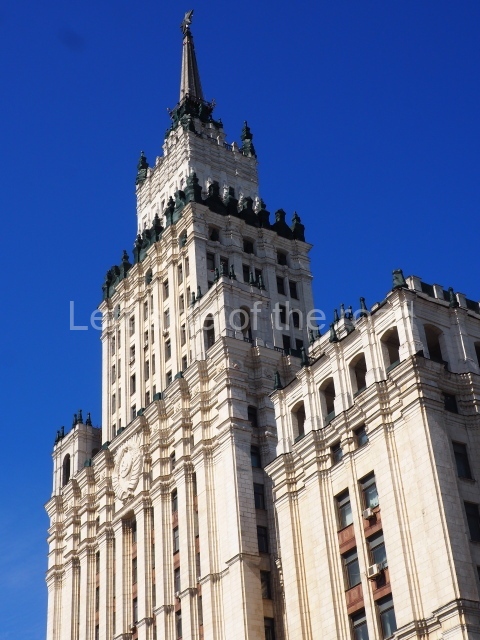Moscow Metro – a Socialist Realist Art Gallery
Moscow Metro – Kropotkinskaya – Line 1
This was one of the first stations to open and was called ‘Dvorets Sovietov’ or ‘Palace of the Soviets’.
At the time the area was called Kropotkinskaya Gate and street (now it is Prechistenka Gate Square and Prechistenka Street.) On March 15, 1941 the station was awarded the Stalin Prize, 2nd degree in architecture and construction. In the design, the station was known as ‘Kropotkinskaya Vorota’ or Kropotkinskaya Gate. But the station was called ‘Dvorets Sovietov’ or ‘Palace of the Soviets’ until 8 October 1957.
In 1991-92, it was proposed to rename the station ‘Prechistenka’ and this did occur.
In the mid 1990’s a proposal was made to change the name to ‘Christ the Savior Cathedral’ but this did not happen.
In 2008 a proposal was made to change the name to ‘Patriarshy’, but this has not happened.
Text above from Wikimapia.
Kropotkinskaya (Russian: Кропо́ткинская) is a station on the Sokolnicheskaya Line of the Moscow Metro. One of the oldest Metro stations, it was designed by Alexey Dushkin and Yakov Lichtenberg and opened in 1935 as part of the original Metro line, named after Russian anarchist Peter Kropotkin.
The station was originally planned to serve the enormous Palace of the Soviets (Dvorets Sovetov), which was to rise nearby on the former site of the Cathedral of Christ the Saviour. Kropotkinskaya was therefore designed to be the largest and grandest station on the first line. However, the Palace project was cancelled by Nikita Khrushchev in 1953, leaving the Metro station as the only part of the complex that was actually built.
Kropotkinskaya was constructed in a massive open trench measuring 176 metres (577 ft) long by 25 metres (82 ft) wide. The tunnels from Biblioteka Imeni Lenina were constructed using the cut and cover technique. The combination of unrestricted space and dry soil made for ideal conditions, and construction of the station took only 180 days from start to finish. Kropotkinskaya was completed in January 1935 and opened five months later, on 15 May 1935. The station was named Dvorets Sovetov until 1957, when it was renamed in honour of Peter Kropotkin, a geographer, philosopher, and anarchist theoretician born in the vicinity.
Since it was to serve as the gateway to the Palace of Soviets, great care was taken to make Kropotkinskaya suitably elegant and impressive. The station has flared columns faced with white marble which are said to have been inspired by the Temple of Amun at Karnak. Contrary to popular opinion, the marble used in the station did not come from the demolished Cathedral. The spacious platform is covered with squares of gray and red granite and the walls, originally tiled, are now faced with white Koyelga marble. The station is illuminated by concealed lamps set into the tops of the columns.
A model of the station won two Grand Prix awards at expositions in Paris (1937) and Brussels (1958). In March 1941 the designers and engineers were also awarded the Stalin prize of the USSR of the second order for architecture and construction.
Kropotkinskaya opened with only one entrance vestibule, located at the end of Gogolevskiy Boulevard. This U-shaped structure was designed by S.M. Kravets and features two separate pavilions joined by a central arch. In late 1950s the station was given a slight reconstruction replacing the original cast of the upper pillars was replaced by marble and the floor was relayed with granite. The reconstruction finished with a new entrance which faces the Cathedral and Moskva River which was opened on 16 July 1960.
Text above from Wikipedia.
Across the road from the original entrance can be found a statue of Frederick Engels.
Kropotkinskaya
Date of opening;
15th May 1935, known as Dvorets Sovetov (Palace of Soviets) until the 20th March 1957
Construction of the station;
shallow, column, three-span
Architects of the underground part;
A. Dushkin and Ya. Lichtenberg
Grand-prix of the World Industrial Exhibition of 1937 (Paris), Grand-prix of the World Exhibition of 1958 (Bruxelles), The state premium of USSR ‘For architecture and construction’ (1941)
The first name of the station was connected with an ambitious project of the former USSR leaders. It was projected to build a huge public, political, administrative, cultural and educational centre – Palace of Soviets, on the bank of the Moskva River, over Prechistinskaya Naberezhnaya, between Vsekhsvyatsky Pereulok and Soymonovsky Proyezd, at the place of the Cathedral of Christ the Savior destroyed in 1931. An international competition was announced. For example, Le Corbusier presented the project of a building in which ‘human masses’ had to enter the conference hall ‘turning around turbine blades. However it was not considered advanced enough. The winner (architect A. Dushkin) projected to build an enormous sky-scraper with a statue of Lenin on the roof. Searchlights were projected in his eyes and a reading hall for 150 persons in his skull.
The huge Palace of Soviets required an appropriate metro station. Kropotkinskaya was built in time. But only the foundation of the palace was built and the assembling of metal structures began (were dissembled for defence) before World War II. After the war, it was decided to cancel the construction of the palace. In 1957 the station was renamed to Kropotkinskaya.
Everyone who appears there has an inexpressible, anxious and religious feeling. If not being distracted and hurried, one can feel the state of underground weightlessness, flight among clouds. The architect failed to build a temple of earth power – Palace of Soviets, similar to the Tower of Babel but created a temple of underground heaven, similar to Karnaka.
The station has two lines of columns – broadening-up massive square and elegant decahedral in turn. The columns ‘open’ from the caps closing in and forming a hipped roof. Vaults disappear dissolving in height. The effect is reinforced by illumination. Lamps are hidden in the column caps while their rays are directed upward. They spread by facets of white domes, making the feeling of endless space above head. The impression is intensified by colour spectrum – snow-white plastered vaults, cloud-white slightly fancy marble of the walls and columns from the Koyelginskoye Deposit. The floor is covered with pastel grey and pink granite from Vyborg as on a chessboard.
Text from Moscow Metro 1935-2005, p66
Location;
Khamovniki District
GPS;
55°44’43″N
37°36’12″E
Depth;
13 metres (43 ft)
Opened;
15 May 1935
















